The Brussels Griffon doesn’t look unlike a tiny, inquisitive old man. This breed, which was popular with royals, is a combination of toy and terrier. They have a dynamic personality that is just as sensitive as it is lively. They can make great companions, especially for single people or older adults. Read on to learn more about the Brussels Griffon.
Description of the Brussels Griffon
This dogs is famous for its full beard and mustache. For such a small dog, it’s an impressive amount of facial hair! In combination with inquisitive eyes, it gives the Brussels the look of a scholar.
Indeed, these dogs were popular with the bourgeois. Originally a working-class toy ratters, they eventually became popular with the queen of Belgium. This solidified their popularity and widened their influence.
Brussels Griffon come in a few natural colors. They can be beige, black, black and tan, or red. Their coats may either be smooth or rough, meaning they can adapt to a variety of life styles.
Life Expectancy and Size
The Brussels Griffon generally lives into its early to mid-teens, with an average lifespan of 12 to 16 years. Well-bred dogs that avoid spinal issues may live even longer.
Although relatively sturdy for a toy, these dogs are still quite small. They can stand between 7 and 10 inches, and weigh only 8 to 10 pounds.
Protective Ability
This breed can throw a fit impressive for its size. Sometimes, they may protest to new people or pets, but their 10 pounds won’t be able to do much about it. Actually, they’re usually quite friendly or even timid with strangers.
Training
Relationship-based training goes a long way with the Brussels Griffon. These dogs bond strongly with one or two people and learn best from them. They absolutely shut down at the first sign of harshness.
These smart pups learn commands quickly and are highly motivated by a bit of praise or a small treat. In fact, they learn skills so readily that they can be quite good at competitive obedience or agility.
Energy Level
These are alert, playful dogs. However, being so small, a little activity goes a long way. A quick walk or some time in the yard is often enough to tucker this royal dog out.
What Living with a Brussels Griffon is Like
This breed is spunky and self-important. In a breed so small, this can be quite amusing characteristic. These dogs take themselves seriously and show a lot of depth of character.
Still, these are toy dogs. They are more sensitive than most, and you’ll need to care for them as such. This breed may not be the right fit for small children. Rather, they bond better with one or two adults. These dogs enjoy showing affection and may become downright clingy.
Care of the Brussels Griffon
These dogs come in smooth or rough coat types, meaning they’re adaptable to a variety of environments and care schedules.
Environmental Needs
These dogs are simply too small to handle extreme cold, no matter the coat type. You’ll need to limit outdoor time in the frigid air, and consider extra protection. In the heat, the Griffon’s short muzzle may make breathing difficult. Thankfully, these dogs don’t need too much time outdoors to get in their regular exercise.
Exercise Needs
Short, daily sessions of activity work best for the Brussels Griffon. They can go on a quick walk around the block or join their owners for playtime in the yard. These are active dogs, but their small bodies don’t take long to soak in the exercise they need to stay healthy.
Some Brussels really enjoy canine sports like obedience or agility. They learn new tricks quickly and love showing them off.
Shedding and Grooming
Brussels Griffon with rough coats are extremely low shedding. You’ll need to clip him every few months, and brush him at least a couple times a week. This will remove any loose hair or debris stuck in the coat.
The short-haired version does not require clipping, but does shed. This is usually light, but increases in volume seasonally. Quick once-overs with a grooming mitt will help remove excess hair.
Ideal Home Environment
This breed is popular with older adults or individuals that want a devoted companion. These dogs are not right for active families or those with rowdy kids.
The ideal home will take advantage of the Brussels’ quirky personality and wit. This breed is funny and sociable. Owners should be able to spend plenty of time with their pet.
Brussels Griffon can adapt to many living situations, and may do just fine in apartments.
Health Concerns
This breed is generally quite healthy. They are known to have some eye and hip problems develop, especially as they age. Heart disease can be a concern.
The Griffon’s short muzzle can precipitate breathing problems, especially in the heat.
Behavior Problems
This breed can easily get lonely and sad when left alone. These feelings may lead to destructive behaviors. Make sure you spend plenty of time with your Griffon.
These dogs are also impressive climbers. That’s all well and good until they hurt themselves. Make sure to limit their ability to climb to danger.


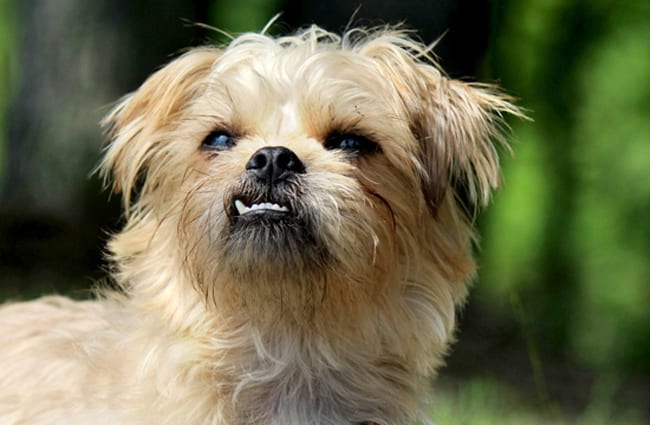
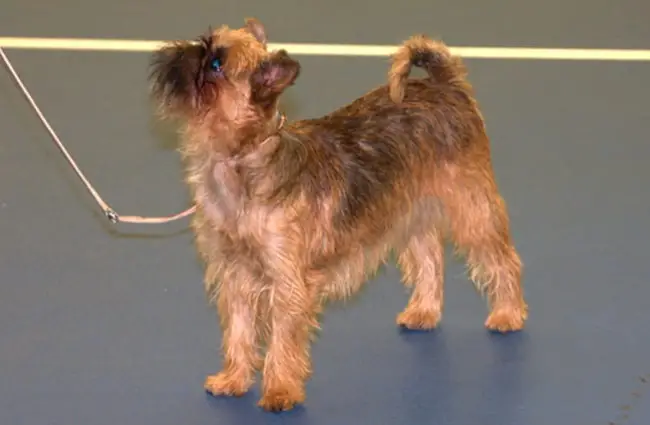
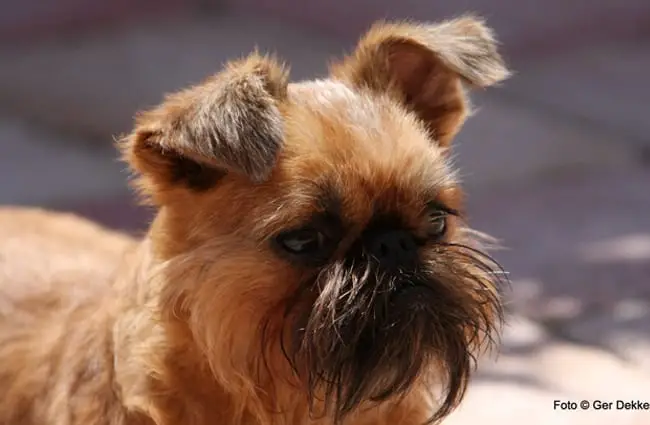

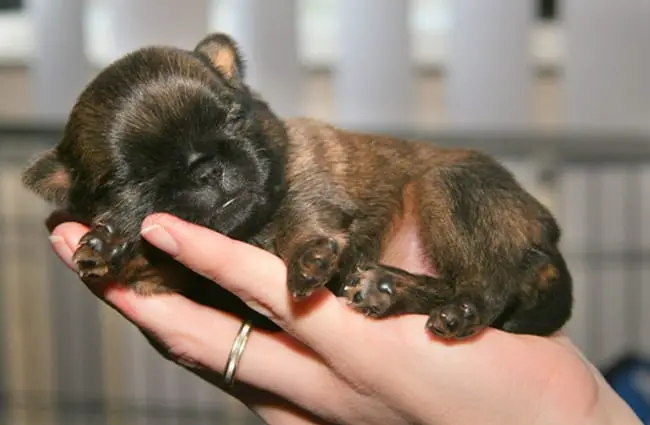


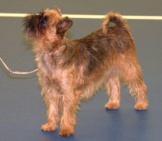
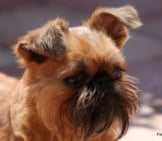

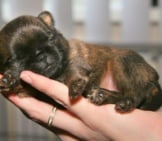





![Red Angus Closeup of a beautiful Red Angus cowPhoto by: U.S. Department of Agriculture [pubic domain]https://creativecommons.org/licenses/by/2.0/](https://animals.net/wp-content/uploads/2020/03/Red-Angus-4-100x75.jpg)

